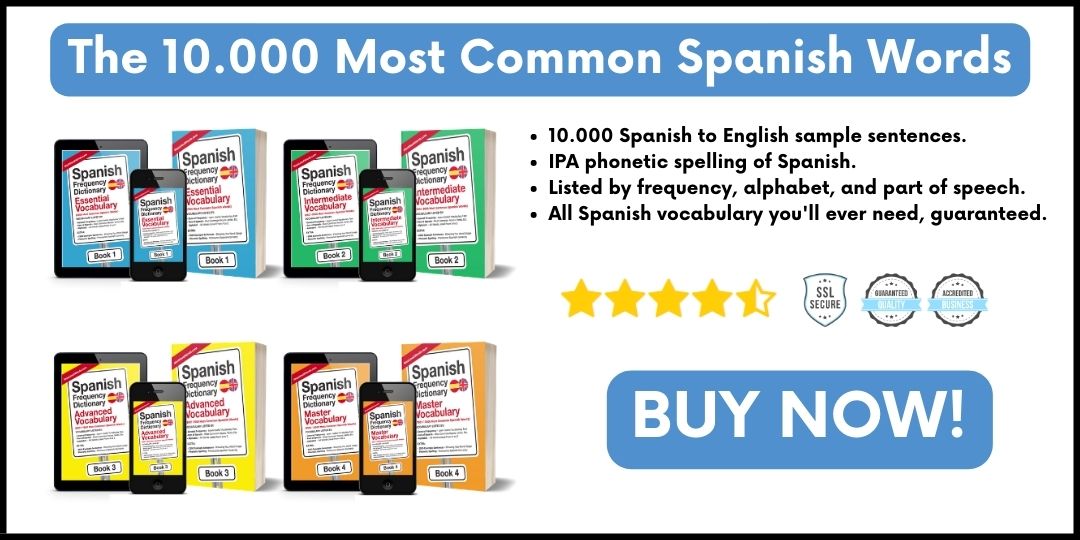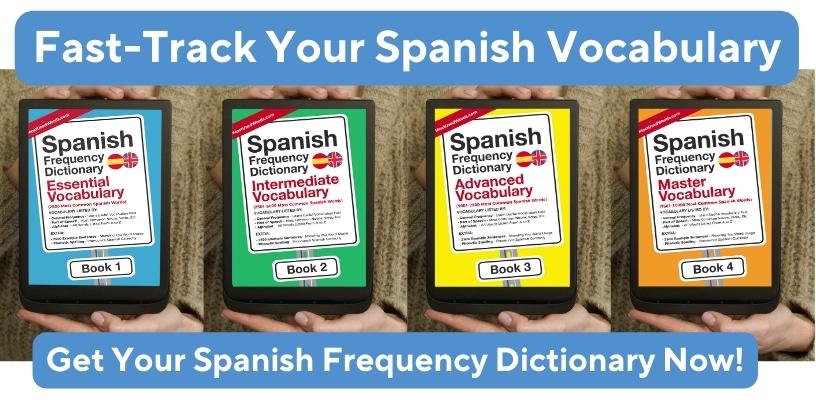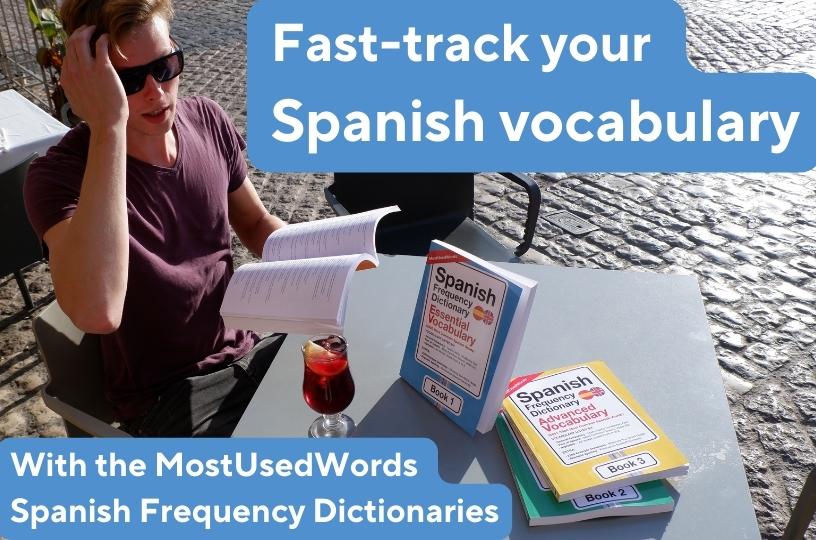How To Say "Thing" In Spanish
Learning a new language is always a fascinating experience, and Spanish is no exception. As one of the most widely spoken languages worldwide, it is not surprising that many people are interested in learning Spanish. Whether you are a student, traveler, or simply a language enthusiast, it is essential to know the basic words and phrases. In this article, we will explore how to say "thing" in Spanish, its meaning, and the various ways to use it.
Fast track your vocabulary with the 10.000 most common Spanish words!
What is "Thing" in Spanish?
The most common translation of "thing" in Spanish is cosa (IPA: ˈkosa). However, there are other words that can be used depending on the context and region. For example:
- Objeto (IPA: /oβˈxeto/): Used when referring to a specific object, like a pen or book.
- Elemento (IPA: /eleˈmento/): Used when referring to a component or part of something, like an element of a design or a chemical element.
- Asunto (IPA: /aˈsunto/): Used when referring to a matter or issue, like a business matter or a personal matter.
- Tema (IPA: /ˈtema/): Used when referring to a subject or topic, like a discussion topic or a musical theme.
Meaning of "Thing" in Spanish
In Spanish, "cosa" can have a variety of meanings depending on the context. Some of the most common meanings include:
- An object or item: ¿Dónde está esa cosa que me prestaste? (Where is that thing you lent me?)
- A concept or idea: No entiendo esa cosa de la física cuántica. (I don't understand that thing about quantum physics.)
- An event or activity: ¿Vamos a hacer algo hoy? No quiero quedarme sin hacer ninguna cosa. (Are we doing something today? I don't want to not do anything.)
- A non-specific reference: Esa cosa que me dijiste ayer me hizo pensar mucho. (That thing you told me yesterday made me think a lot.)
4 eBooks of the Spanish Frequency Dictionaries series by MostUsedWords
Regional References
While "cosa" is a commonly used word across the Spanish-speaking world, there are some regional variations that are worth noting. In some parts of Spain, for example, "cosa" can be replaced with algo (IPA: /ˈalɣo/), which means something, while in Mexico, "cosa" can also be used as a slang term for drugs.
In addition to "cosa", there are also other words that can be used to refer to "thing" in Spanish, such as "objeto" or "elemento". These words, however, are more specific and are typically used to refer to physical objects or elements of a larger system.
Bulleted List
Here are some additional words and phrases related to "thing" in Spanish:
- Cosas del amor (IPA: /ˈkosas ðel aˈmoɾ/): Things of love (a common phrase used in Spanish love songs).
- Las cosas como son (IPA: /las ˈkosas ˈkomo son/): Things as they are (an expression used to describe a situation honestly and directly)
- Cosa de locos (IPA: /ˈkosa ðe ˈlokos/): Crazy thing (an expression used to describe something that is absurd or unbelievable)
- Cosa juzgada (IPA: /ˈkosa xuθˈɣaða/): Res judicata (a legal term used to refer to a case that has been decided and cannot be reopened)
- Cosa pública (IPA: /ˈkosa ˈpuβlika/): Public matter (a term used to describe government affairs or public policies)
You can find the paperbacks on Amazon (we have frequency dictionaries for beginners, intermediates, advanced and near-fluent students), or get the eBooks directly from us here. (They are affiliate links. That means we might get a small commission if you make a purchase after clicking these links, at no extra cost to you.)
How to Say "Thing" in Spanish: Sample Sentences
Here are five sample sentences you can use to say "thing" in Spanish:
- ¿Puedes darme esa cosa, por favor?
(Can you give me that thing, please?)
- No tengo idea de qué cosa estás hablando.
(I have no idea what thing you're talking about.)
- Necesito comprar algunas cosas en el supermercado.
(I need to buy some things at the supermarket.)
- Mi cosa favorita para hacer es leer.
(My favorite thing to do is read.)
- No me gusta esa cosa.
(I don't like that thing.)
Conclusion
In conclusion, "thing" in Spanish can be translated as "cosa", but there are other words that can be used depending on the context and region. Its meaning can vary as well, from an object to an event or activity. By understanding the different ways to say and use "thing" in Spanish, you can improve your language skills and better communicate with native speakers.


